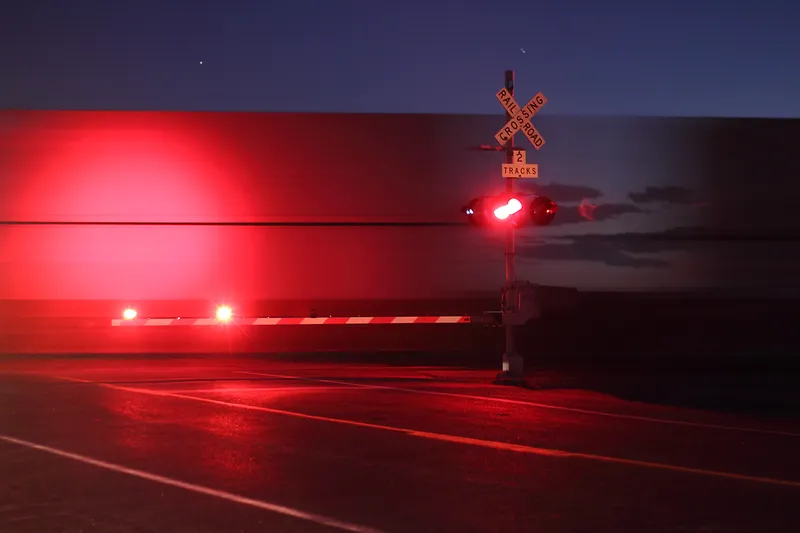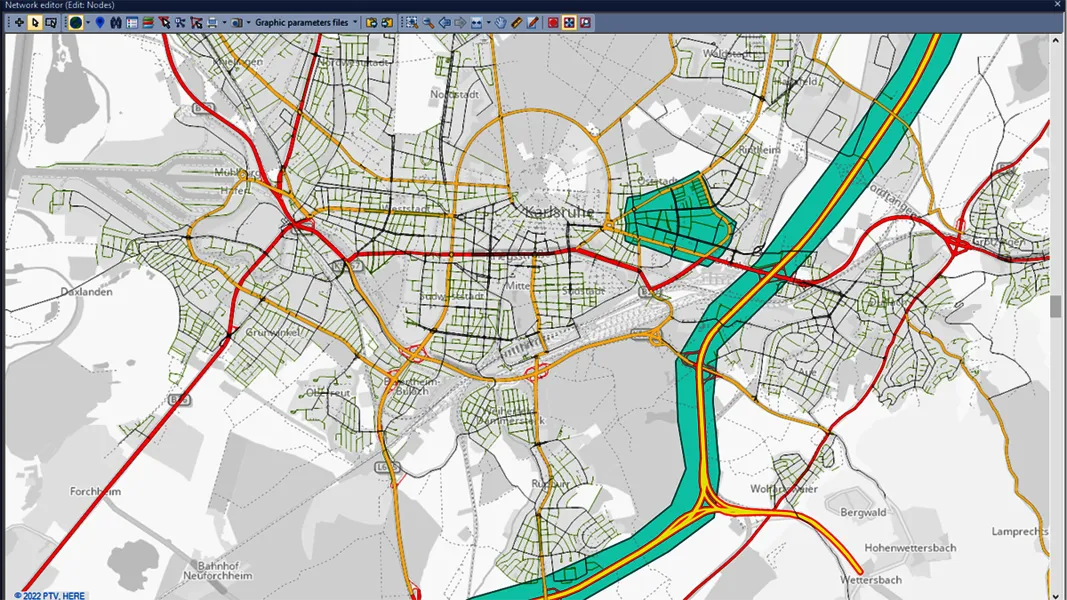
Seoul Robotics has integrated its 3D perception software with Herzog Technologies' occupancy detection suite to create an automated obstacle detection and warning system.
Herzog builds, operates, and maintains rail systems in North America and Critical Asset Monitoring (CAM) uses Seoul Robotics’ SENSR-I to track and classify objects such as humans, vehicles and bicycles.
The company says that SENSR-I enables the detection of more than 500 objects up to 200m ahead, predicts motion up to three seconds in advance, and provides real-time object perception.
It can be used in areas - such as roads crossing railway tracks - that see trains in close proximity to other modes, including pedestrians.
Since 2011, over 23,000 incidents have occurred where trains have struck trains or people, resulting in 2,700 fatalities and 9,500 injuries, according to the U.S. Department of Transportation Federal Railroad Administration.
CAM's edge detection is combined with an ability to analyse information in real time and make timely decisions on notifying decision makers.
"CAM provides customers with the ability to monitor aspects of their critical infrastructure in ways previously unavailable," says Glen Dargy, VP of technology at Herzog.
“By integrating our products and services with Seoul Robotics’ software platform, we are providing an industry-leading solution.”
The solution is being implemented by Trinity Railway Express, a commuter rail operator between Fort Worth and Dallas, Texas.
"For a rail detection system, every second is critical," says Jerone Floor, VP of product at Seoul Robotics.
"Trains need adequate time to fully stop and require advanced warning to reduce the chance of a collision."










